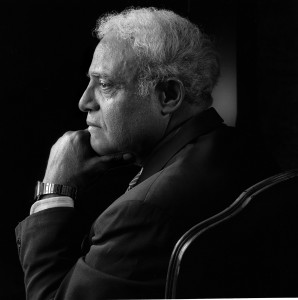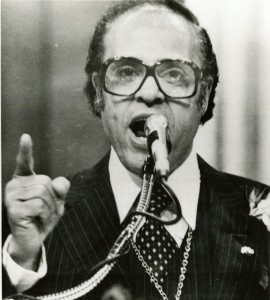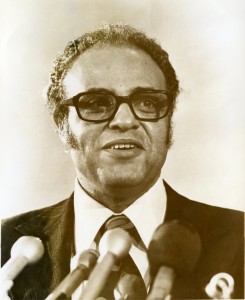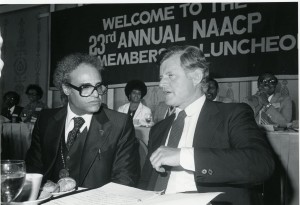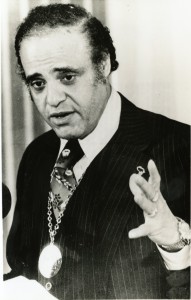In the Democratic presidential debate on June 27, 2019 the issue of busing, for school integration, was raised. The morning following the debate, Good Morning America reported that during the debate, there was a spike in tweets about busing. There were, likely, tweets both in favor of and against busing. I had a personal reaction to the issue because I, too, was a little girl who was bused to school for the purpose of integration.
As a first grader in September of 1967, I was among the third class of students to participate in the Urban-Suburban Interdistrict Transfer Program in Rochester, New York. In 1963, The New York State Commissioner of Education asked school districts statewide to report on racial imbalance in their schools and to develop a plan to reduce the imbalance. While most districts reported that racial imbalance was not a problem in their schools, the West Irondequoit School District, which had very few minority students, decided it wanted to give its students opportunities for cross-cultural interactions. In February of 1965, the West Irondequoit School District Board unanimously passed a resolution to voluntarily welcome minority students from the Rochester Public School System. The New York State Department of Education provided program funding for the first 24 first grade students to enroll in West Irondequoit schools in September of 1965. My sister was among that first group. Thus, began the first voluntary busing program in the United States.

Rorie Trammel, second row, third from the right.
The Urban-Suburban program was voluntary on two fronts: school districts voluntarily voted to participate, and Rochester City Schools parents voluntarily chose to participate in the program. All was not perfect when those first students arrived on buses in West Irondequoit. While the school board was committed to the value of intercultural interactions, there were, not surprisingly, some residents who were not as welcoming. The Urban-Suburban parents were prepared, however. Mothers took time off work to ride the buses with their children. Disturbances such as rock throwing at the buses soon disappeared and the educational experiment was underway.
The Urban-Suburban program implemented several special strategies to help make our time as “educational residents” of Irondequoit a positive experience. Mothers of resident students were asked to volunteer to be room mothers for those of us who were bused to the school. I recall that most of my Irondequoit friends’ mothers were stay-at-home mothers, while the mothers of those of us who were bused worked outside of the home. That meant that if something happened to us during the school day, it wasn’t easy for them to come to the school That’s where the room mothers stepped in. From first grade through fourth grade, my room mother was Mrs. Maley, the mother of my new friend, Linda Maley. I loved Mrs. Maley and the Maley family. In fact, after I discovered that if I forgot my lunch, I would get to walk home with Linda to have a freshly prepared lunch made and set out lovingly by Mrs. Maley, I started to “forget” my lunch on purpose! In elementary school, when we wanted to participate in after school activities such as Brownies and Girl Scouts, there were friends who welcomed us into their homes until our parents could pick us up after work. Mary Lynne Barker, to whom I assigned the nickname “Favorite”, in first grade was that friend for me. In high school, the Urban-Suburban program provided an early bus and late bus that enable us to participate in activities such as band and sports teams. We had sleepovers and attended birthday parties at our Irondequoit friends’ homes. Many of my Irondequoit friends ventured “into the city” to attend my 9th birthday party.
In the teen years, however, there were some socialization limitations. White teens and African American teens had different interests, listened to different music, and had different thoughts about social issues of the times. I had my white “school friends” and my African American “neighborhood friends”. In school I felt some isolation when, because of the small number of African American students in each cohort, I was usually the only African American in each of my classes and in activities like band and the National Honor Society. I looked forward to lunch time when I would get to interact with other African American students.
Even as a child, I knew that being in Urban-Suburban was a great opportunity. When I was in middle school, I was asked to participate in a group of African American and white students created by the Urban-Suburban program to speak to school districts who had not yet joined the program. We discussed how our friendships and experiences in Urban-Suburban gave us opportunities for cross-cultural learning and understanding. Irondequoit resident parents and parents of bused students were included in the discussion as the Urban-Suburban program evolved. Today, a parent advisory council still exists.
Participating in the Urban-Suburban program fostered in me a strong willingness and ability to have positive relationships with people of diverse ethnicities, nationalities and backgrounds. Having the experience of friendships with children of other races gave me a natural desire to respect and develop an understanding of differences. I recall being very excited when, in high school, we had an exchange program with, predominantly, Hispanic students from a city high school. As a student at the University of Memphis, I naturally, became friends with white students and international students. While I joined organizations that were comprised of, primarily, African American students, once again, I also found myself one of only a few African American students in organizations in which most of students were white. Because of my Urban-Suburban experience, I continue to embrace the value of friendships and experiences with a diverse spectrum of people. I also embrace the opportunity to talk about issues of race, whether it’s with friends, in the workplace, in public forums, etc. As associate director of the Benjamin L. Hooks Institute for Social Change, I spend each day fulfilling the Institute’s mission of teaching, studying and promoting civil rights and social change.
From my experience, and that of my three sisters, all of whom participated in Urban-Suburban, the busing experiment worked. We received an exceptional education attending West Irondequoit schools from first grade through twelfth grade. We had close friendships with white students who were with us through high school graduation, several of whom I’m still in touch with. The key was the program’s voluntary foundation, the support of the New York State Department of Education and the extra efforts made by the program, the school district and teachers and staff in the schools. They were committed to Urban-Suburban being a positive experience for everyone. The expansion of the program, to include additional suburban districts since 1965, hasn’t been without detractors. Even in the last ten years, some suburban residents have resisted their school districts approving participation in the program. Nevertheless, I am pleased that the Urban-Suburban program is still thriving as a voluntary busing program, committed to educational equity.
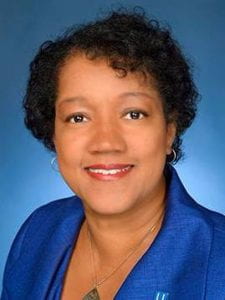
Rorie Trammel is the associate director of the Benjamin L. Hooks Institute for Social Change. Trammel plays an integral role in the activities of the Hooks Institute including administrative and operations duties, fundraising and donor relations, and coordination of the Institute’s National Book Award. Trammel, also, oversees strategic planning and implementation of the Hooks African American Male Initiative (HAAMI). She earned her bachelor’s and master’s degrees from the University of Memphis (UofM). She is also a former UofM employee, having worked in the Office of Development for fourteen years. Rorie worked for the YMCA of Memphis & the Mid-South for fourteen and a half years, first as executive director of urban programming and later as vice president for advancement. For many years, Rorie could be heard as a volunteer radio reader for WYPL, the radio station at the Benjamin L. Hooks Central Library. She is a member of the New Memphis Institute and, previously, served on the boards of directors for Partners in Public Education (PIPE), the Association of Fundraising Professionals, Le Bonheur Center for Children and Parents, and the Shelby Farms Park Conservancy.










